There is an escalating crisis in Asia. A crisis developing from the symbiosis of organised crime, terrorism and the covert domestic and foreign policy ambitions of several Asian nations. Dr. Gary K. Busch examines organised crime and international politics in Asia — Part 2: Greater China [Read Part 1: The Subcontinent: India and Pakistan].
China has a unique and complicated history; one in which the Chinese Government, the Chinese Communist Party (‘CCP’), China’s military forces, the Peoples Liberation Army (‘PLA’), and criminal organisations like the Triads, all played important roles. To a high degree this history has been one of internal military strife, weak central governments, widespread criminal organisations, and a post-war consolidation of political power in the hands of the Communist Party.
These three actors, the CCP, the PLA, and the Triads, have played a major role in expanding the criminal activities of organised crime across the world, and especially in promoting and expanding Chinese political policies towards Hong Kong, Macau and Taiwan. In many areas, the Triads have also played a major role in Chinese economic and political interactions with China’s neighbours and trading partners, especially in the international trade of drugs, chemical substances and people smuggling.
Triads and the Road to China’s Military Industrial Complex
The influence of the Chinese military in the economic affairs of China has been extensive for the last three thousand years. It has always dominated the agricultural sector, and, after the death of Mao Tse Tung, it has been the dominant force in Chinese industry and politics. There has been a long tradition of warlords in China, especially from 1916 to the late-1930s, when the country was divided among military cliques, a division that continued until the fall of the Nationalist government in the mainland China regions of Sichuan, Shanxi, Qinghai, Ningxia, Guangdong, Guangxi, Gansu, Yunnan, and Xinjiang.

In this period a warlord maintained his own troops loyal to him, dominated and controlled the agriculture and mining in his area or region, and acted as the de facto political power in that region. To maintain themselves they often fought with their neighbouring warlords and against any attempt by the Emperor or central government to control them. Some of the most notable warlord wars, post-1928, including the Central Plains War, involved nearly a million soldiers. The central government was weak and relied on the power and support of these fractious warlords.
By the beginning of the 19th century, the discovery of China’s wealth by the European colonial powers and the Japanese resulted in demands on the ruling emperors and “unequal treaties” that created foreign concessions in China’s ports. The weakness of the central government allowed the rise of regional warlords whose armies fought with each other for territory and plunder and were funded in this by foreign powers.
After a period of ever-increasing presence of foreign traders, Christian missionaries, foreign troops and British-supplied opium, a violent surge of protest occurred among the Chinese. This included many of the warlords, the landowners and the newly urbanised poor. Their rebellion against foreign rule and in support of Qing Dynasty reforms led to their capture of Beijing where they attacked the foreign legations – the 1899 “Boxer Rebellion”.
Initially they were successful, but the foreign imperial powers formed an Eight Nation Alliance (UK, Russia, Japan, France, U.S., Germany, Italy and Austro-Hungary) against the Chinese. They assembled 50,255 foreign troops (expeditionary forces) plus 100,000 Russian troops to occupy Manchuria. The Imperial troops were defeated; Beijing was seized and these eight foreign powers extracted further concessions from the weakened Qing government.
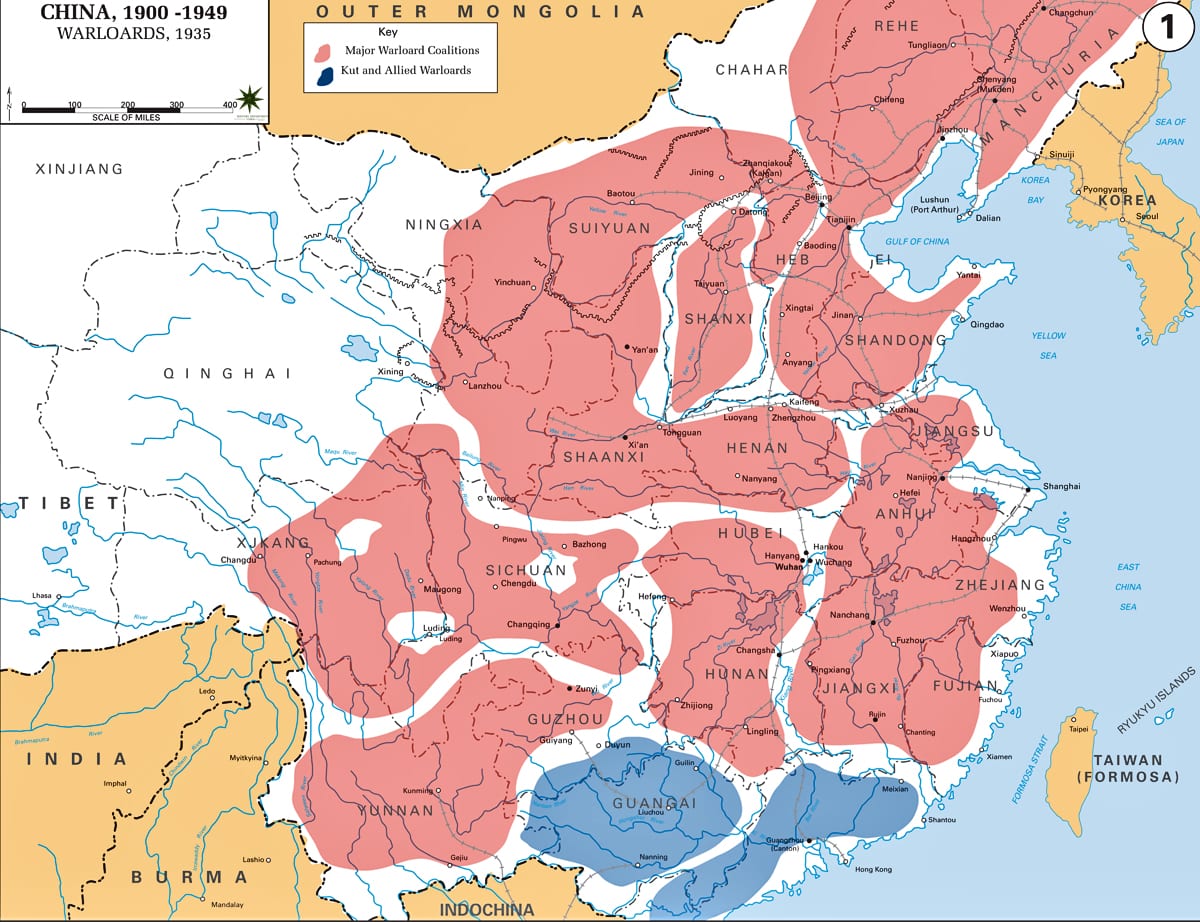
By 1911-12 the Chinese military instigated a series of revolts by reform-minded officers. This led to the Proclamation of the Republic of China under Sun Yat-sen and abdication of the last Qing emperor. Sun Yat-sen attempted to build national institutions but was unable to stand up to the growth of warlordism and the rise of the Communist Party in China after the Russian Revolution of 1917.
In 1912 Sun Yat-sen became the first president of the Provisional Republic of China, founding the Kuomintang (‘KMT’) and serving as its first leader. Sun Yat-sen, known as the “Father of the Nation” had been a Triad member from an early age. While he had lived in Honolulu and Chicago he was known as a ‘426 fighter’ of the Triads (the chief enforcer of the Three Harmonies triad Kwok On Wui). These connections and sympathetic goals helped him launch the revolution, which in 1911, officially ended imperial rule in China and restored Han dominance. [i]
With the formation of the Communist International (‘Comintern’), which had formed in Russia after the 1917 revolution, numerous unionists were sent to China to help strengthen the nascent Chinese communist trades unions and parties which had begun to organize after the fall of the imperial system. The Communist Party of China drew its strength from the urban working class in such large cities as Shanghai and Canton.
During this time, however, power in China remained firmly in the hands of the local warlords whose min t’uan (private armies) controlled much of the rural areas. By far the most important development emerged in 1923 when the workers, students and peasants began to form national parties. Among the first was the Kuomintang, or Nationalist Party. The other major party was the Kung Ch’antang, the Communist Party. The Kuomintang found a close ally in the communist party of the Soviet Union which sent down instructors and advisers to shape the Kuomintang into a disciplined Bolshevik party.
The Soviets sent advisers to instill communism in the military forces and set up a training facility known as the Whampoa Military Academy. The Russians also shipped in arms and instructors to bolster the Kuomintang forces. The leadership of the Kuomintang would soon rest on the director of the Whampoa Military Academy and the military hero, Chiang Kai-shek.
In support of the Kuomintang, workers in the communist unions of Shanghai had begun a series of major strikes. At the height of this demonstration more than half a million workers went out on strike backed by an armed workers’ militia of more than five thousand. On 26 March 1927 Chiang Kai-shek marched into Shanghai, welcomed by the striking workers as their liberator.
At that time, Shanghai was known as the vice capital of the world. Organised crime in Shanghai was controlled by the notorious Green Gang Triad. Under Du Yuesheng, it specialised in opium (which was supported by local warlords), gambling, and prostitution.
Chiang Kai-shek had barely been in the city for a few days when he contacted the leaders of the Green Gang to make a deal with them. Allied with these forces, Chiang began a purge of all the communists, especially the unionists. By the end of what would become known as the White Terror massacre approximately 5,000 pro-communist strikers in the City of Shanghai would lose their lives. When the strikes ended in May of 1927, communist control had been wrenched from the unions by the Kuomintang. [ii]
The Soviets had inadvertently succeeded in creating a Kuomintang which devoured the local communist party. The Kuomintang set about obliterating the communists, driving them from the cities to their stronghold in Hunan.

One major aspect of China didn’t change much under the rule of the CCP; the official Chinese Government’s structure for the military regions of the PLA remained, generally, the ancient divisions of China in the period of the warlords. This is very important to the understanding of the early development of the Chinese military industrial complex.
The Origins of the Chinese Triads
The Triads have an almost mystical version of their history, mixing nationalism and rebellion in equal parts. They started as “Robin Hood”-like groups fighting against the excesses of the emperors, organising in rural China. They took part in the many rebellions of the Chinese people against their emperors but were somewhat constrained by the military might at the regional level by the warlords.
The first reference to a secret society in China was a group known as the “Red Eyebrows” which appears to have been established when the Western Han Dynasty was collapsing in AD 9. The group played an important role in helping Wang Mang, a Han Dynasty official, overthrow the Dynasty and found the Xin (“renewed”) replacement. However, after his rule from AD 9-23 the Han Dynasty was restored.
In AD 184, a group of rebels known as the “Yellow Turbans” turned against the Han Dynasty, and although their efforts failed, they helped hasten the fall of the Han Dynasty in AD 220. In AD 618, the Tang dynasty came into power, marking a pivotal moment for China’s secret societies, as Buddhists became targets of purges that forced them underground. Organizations like the “Red Turbans,” led by Zhu Yuanzhang (who eventually became emperor) later fought against the Mongolian rulers and in 1367 managed to overthrow the Yuan Dynasty.
Following the collapse of the Yuan Dynasty the Ming Dynasty was the ruling government for almost 300 years, but in 1644 another outside force overthrew the Empire of the Great Ming, and the precursors of what today are called the Triads established themselves. The Ming dynasty in Beijing fell into the hands of rebel Li Zicheng. Some 20 years later the White Lotus Society (the Buddhist sect which the Red Turbans had previously formed around) morphed with the Heaven and Earth society, or Tiandihui, as they were known, and became the Triad society. [iii]

Once victorious, Emperor Shunzhi was not only impressed with their skills, but he also began to see them as a potential liability. Just to be on the safe side, he ordered them to be executed and their monastery burned. After the assault, eighteen survivors escaped, although thirteen of them died from their wounds and malnutrition. The remaining five Shaolin monks (Tsoi Tak Chung, Fong Tai Hung, Ma Chiu Hing, Wu Tak, Lee Shik Hoi) became the five ancestors of the new Triad society.
They found shelter and eventually began recruiting for their rebellion, vowing loyalty to their code of overthrowing the Qing and restoring the Ming. They gathered new forces and attacked the Emperor. They lost and disbursed to safe havens abroad or in the Chinese main urban centres where they turned from patriotism to crime. [iv] They found a ready ally in the foreign imperial forces taking over their concessions in China and peddling their opium to the masses.
![Image [Mural painting, Shaolin Monastery, Henan Province, China.]](https://limacharlienews.com/wp-content/uploads/2019/02/Shaolin-Mural.jpg)
The Triads developed a set of rituals and practices to preserve their anonymity and to bind each member to the society; a lot like the Freemasons. They set up a triangle of power that reflected the Heavens, the Earth and Man. Things were explained as variations on the triangular theme.
However, power was vertical as in a pyramid; “the Shan Chu (Mountain Master) was the overall leader responsible for making the final decision on all matters. The Fu Shan Chu (Deputy Mountain Master), when appointed, was the deputy leader and directly assisted the leader. The Heung Chu (Incense Master) was responsible for all ceremonies of initiation and promotion. The Sin Fung (Vanguard) was responsible for recruitment and organising and assisting in ceremonies. The Hung Kwan (Red Pole) was the ‘fighter’ rank of the society. The Pak Tsz Sin (White Paper Fan) was responsible for the general administration of the society. The Cho Hai (Straw Sandal) was the liaison officer for the society. The ‘49 Chai’ was the ordinary member usually recruited to follow a particular office-bearer.” [Yiu Kong Chu, The Triads as Business, Routledge 2000].
Triads also use numeric codes to distinguish between ranks and positions within the gang. For example, “426” refers to “fighter” while “49” denotes a rank-and-file member. “489” refers to the “mountain master” while 438 is used for the “deputy mountain master”, 415 for “white paper fan” and 432 for the “straw sandal”. “25” refers to an undercover law enforcement agent or spy from another triad, and has become popularly used in Hong Kong as a slang for “traitor”.
When a triad member is sworn in he must take thirty-six oaths of loyalty to his brothers that include secrecy and obedience. Should he violate them, he will most likely suffer what is known as a slashing or more charmingly, “the death of a thousand cuts.” It is an orchestrated attack where the victim is cut multiple times by a meat cleaver and left for dead. The multi-faceted ritual oaths taken by Triad recruits repeatedly refer to the death penalty for violation of any aspect of the Triad code. [v]

The most predominant such leaders were: General Li of the KMT (commanding groups in Burma from Thailand); Li Hsing Ho of the Rangoon-supported “home guard,” also known as the Ka Kwe Ye (KKY); Kyi Myint (Zhang Zhiming) of the CBP; and the infamous Khun Sa of the Shan United Army (SUA). The refining of this morphine base was undertaken by the Union Corse (the Corsican Mafia) operating in French Indo-China as ‘anti-communist’ allies of the French Colonial Government up until Dien Bien Phu.
When the French and the Corsicans were driven out of Indo-China the drug business reverted to the triads and gangs who had stayed loyal to the KMT and who had taken up residence in Taiwan, along with local nationalist Burmese and Vietnamese. For a long time, the drug business was dominated by the Taiwanese gangs (United Bamboo, Four Seas, Hung Mun , Hip Shing, Hop Shing, On Leong, Three Mountains, Tsung Tsin, Ying Ong, Suey Sing) because of the close ties with the KMT government in Taipei. However, by 1954 power had passed from Taiwan to the relocated Triads on Hong Kong (including the KMT drug trade). This was largely because the KMT Government in Taipei was becoming increasingly concerned with the rise of Communist China and its attempts to impose a “One China” policy, especially in the UN.
The triads found a welcoming home in Hong Kong and Macau. Besides the usual trifecta of illegal gambling, drug trafficking and sex work, modern triads also exerted their influence through extortion of businesses from small newsstands to huge construction companies. They regularly shook down wealthy businessmen and were always busy in the kidnaping for profit business. The Triads traditionally engaged in drug trafficking, loan sharking, prostitution, smuggling, gunrunning, extortion and protection rackets. They eventually moved into credit card fraud, call-girl rings, trade in illicit substances, people smuggling, and computer software and music and video pirating. Working outside the law they were able to accrue large sums of unvouchered cash which they used to fund many building projects in the expanding Hong Kong building boom and provided working capital (at a price) to many new businesses.
Just as in the integration of the Indian gangs with the growth of “Bollywood” the triads have helped create a film industry in Hong Kong (and later China) which they controlled. Their first successes were the scores of films about the triads; action films which glorified their role.
The Young and Dangerous film series were popular with young and old alike. “The appeal relied on the protagonist’s careful balance of sinister, saintly and cool. Despite their crime affiliation, the gangsters were often depicted as loyal and just individuals navigating a corrupt society.” [vi]
![Image [Young and Dangerous (1996), the first film in the series]](https://limacharlienews.com/wp-content/uploads/2019/02/Young-and-Dangerous.jpg)
Among the most popular ventures shared by Chinese officials and Hong Kong triads are the businesses that triads know best–nightclubs, karaoke bars and brothels. In Shanghai, the People’s Liberation Army owns a string of nightclubs with the Sun Yee On, and where the Public Security Bureau (police) operates several high-class houses of prostitution (including one called the Protected Secret Club).
The second and third largest Triads respectively are Wo Sing Wo and 14K (14 stands for the road number of a former headquarters and K stands for Kowloon). In September 2017, Philippine President Rodrigo Duterte said that 14K and the Taiwan based United Bamboo Triad are now running the drug trade in the Philippines.
[List of Major Chinese Triads]
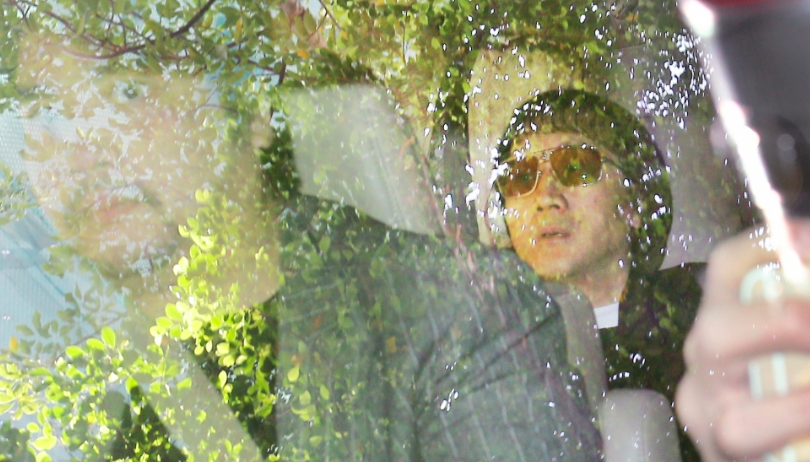
Most recently, the Big Circle Boys has been connected to a massive, billion dollar fentanyl ring in Canada. A 2003 U.S. Library of Congress report found that the triad had established cells in New York, Boston, Seattle, San Francisco, and Los Angeles, and was extensively engaged in sex slave rings, alien smuggling, prostitution, gaming offenses, vehicle theft, and various financial, intellectual property rights, and high-tech crimes. The report also called the Big Circle Boys “the most active Chinese crime group operating in Canada,” with hundreds of members in Toronto and Vancouver.
The Triads have been equally as strong in Macau as they were in Hong Kong, especially in the casino business where the largest and most notorious triad is the 14K. Their boss or “dragon head” was the infamous Wan Kuok-koi, known as “Broken Tooth” Koi. After a brutal conflict between 14K and Shui Fong, 14k eased out most of their rivals. The Chinese made a film about Broken Tooth Koi which gained a worldwide audience. [viii] In July, 2018, Wan Kuok-koi, through his company World Hung Mun Investment, said it raised US$750 million in less than five minutes at a star-studded event in Cambodia in an initial coin offering (ICO) for his “HB” cryptocurrency. Wan partnered with “a mysterious Beijing firm” to back chess and poker tournaments in mainland China.
While criminal enterprises are not unique to China, the development of the Triads has a special degree of intensity because they have become linked with the emergence of a military-industrial complex of corporations controlled by the Chinese military and then, as the result of the economic reforms of Deng Xiaoping, a close working relationship with the Chinese Communist Party inside China and abroad.
The Chinese Military-Industrial Complex
Mao Tse-Tung left China in a weak position. He was succeeded by Hua Guofeng who attempted to keep a tight control over the power structures of China, including the Central Military Committee. However, his power waned, and control was transferred to the reformer Deng Xiaoping who revolutionised the economy of China. Deng never held office as the head of state or government, but he did serve as the de facto leader of the People’s Republic of China from 1978 to the early 1990s as leader of the Communist Party of China (CCP).
Deng represented the next generation Chinese leadership and was instrumental in introducing Chinese economic reform, also known as the socialist market economy, and he partially opened China to the global market. Deng is generally credited with pushing China into becoming one of the fastest growing economies in the world and for raising the standard of living. Deng Xiaoping’s ouster of Hua Guofeng was the moment when the market policies of economic reform began. This reform was carried on primarily by the military companies created in the various regions by the armies which controlled them.
With this opening into market reforms and a relaxation of control by the CCP the military groups began to form companies on their own in their own regions. It is not difficult to see why. The People’s Liberation Army (‘PLA’) controlled the security situation in its region. That meant it issued permits to enter or leave the region; it controlled the communications network in the region; it had the trucks and other transport under its control; and it was charged with maintaining order. It was, in fact, in charge. This was not controlled by one central PLA group but was under the control of the individual army for each military region; some, like the 28th Army and the 39th Army were in economic hotspots and were able to thrive quickly. The Northern Army was quick to exploit its opportunities.
These burgeoning military corporations were aided in their efforts by the presence of the Triads, especially in the urban areas. While the military had the physical control of the region and the industries, the Triads had the seed capital and the local administrative, middle-management, people. The local civil administration had become enmeshed in the activities of the Triads and was able to operate corrupt enterprises without a reliance on the Chinese Communist cadres who were notionally in charge of the regions. Usually, they too became part of the corrupt enterprise.
Until the end of Hua Guofeng’s rule the CCP was opposed to the activities of the Triads. As a general rule, Communist parties don’t like the criminal fraternity as they want no competition from the private sector in stealing from the people. However, with the accession to power of Deng Xiaoping, the situation had changed.
In 1978, Deng Xiaoping initiated a series of economic reforms that led to the opening of China. The reforms allowed for economic decisions to be made at the local level. This let states and townships take greater responsibility for their own economic activities. As a result, China’s economy grew to be less regulated by the central government. This opened the door to the development of corporations and the integration of the Triads into the system of administration. Deng was famous for his saying, “It doesn’t matter if a cat is black or white; as long as it catches mice, it’s a good cat.” In essence, the “black cat” and “white cat” stood for “planned economy” and “market economy,” and Deng was saying that whichever one gets the job done will be adopted.
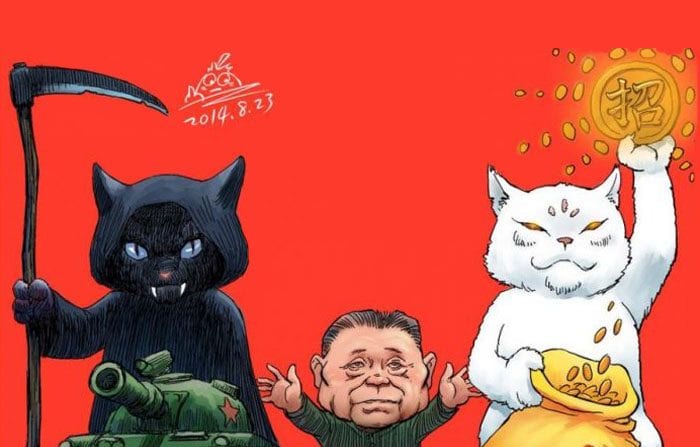
An interesting aspect of the role of the Triads came during the civil disturbances of the Tiananmen Square uprising, when the Chinese Communist Party, under Li Peng, cracked down on China’s democracy movement, ordering in the troops to battle the students. The PLA was ambivalent about this and seven retired senior military officers openly criticized the martial law order imposed by the Beijing government and called for the ouster of Premier Li Peng. The populace was outraged, and the authority of the Communist Party waned.
The PLA had realised it was free from the controlling hand of the Party and became agents of change, primarily corporate change, encouraged by Deng Xiaoping (retired but active). During the march for democracy, the Triads were used to rescue some of the leading protestors.
“Operation Yellowbird” was a plan to rescue activists from Beijing to a safe haven in Hong Kong and then abroad. After the Chinese government quashed the Tiananmen Square protests of 1989, Beijing issued a wanted list of ringleaders of the protests. In response, activists in Hong Kong, including the Hong Kong Alliance in Support of Patriotic Democratic Movements in China, set up Operation Yellowbird in mid-June 1989 to help wanted activists escape from China. They raised large sums of money from the Hong Kong democrats and engaged the Triads to sneak the dissidents beyond the CCP control.
Closely following the aftermath of the protests, seven of the twenty-one most wanted students escaped China through the operation’s assistance; although some had no knowledge of its existence at the time. Yellowbird successfully helped more than four hundred dissidents, who were smuggled through Hong Kong, and then onwards to Western countries.
Chan Tat-Ching, or Brother Six, was the mastermind of the escape as the Triads had the speedboats and other smuggling equipment which could get the protestors out. The U.S. and British intelligence agencies offered their assistance and the French consulate prepared the diplomatic papers and passports to get them out of Hong Kong. This was achieved with the co-operation of two of the PLA armies. [ix]
The build-up of PLA corporations had began in earnest. They already had numerous companies under PLA control manufacturing goods for the defence sector. During Mao Tse-tung’s rule and the era of Sino-Soviet tensions, the military moved many of its factories inland in case of a possible attack on China. Manufacturing purely military products such as arms and ammunition, as well as electronics, plastics and metals for military applications, these so-called “third-line” factories were built in remote mountain regions, far away from transportation routes and power sources. The factories bought supplies at subsidized costs from other factories, manufactured the weaponry and related products — generally low-tech and low-quality — and then sold them to the military at subsidized prices.
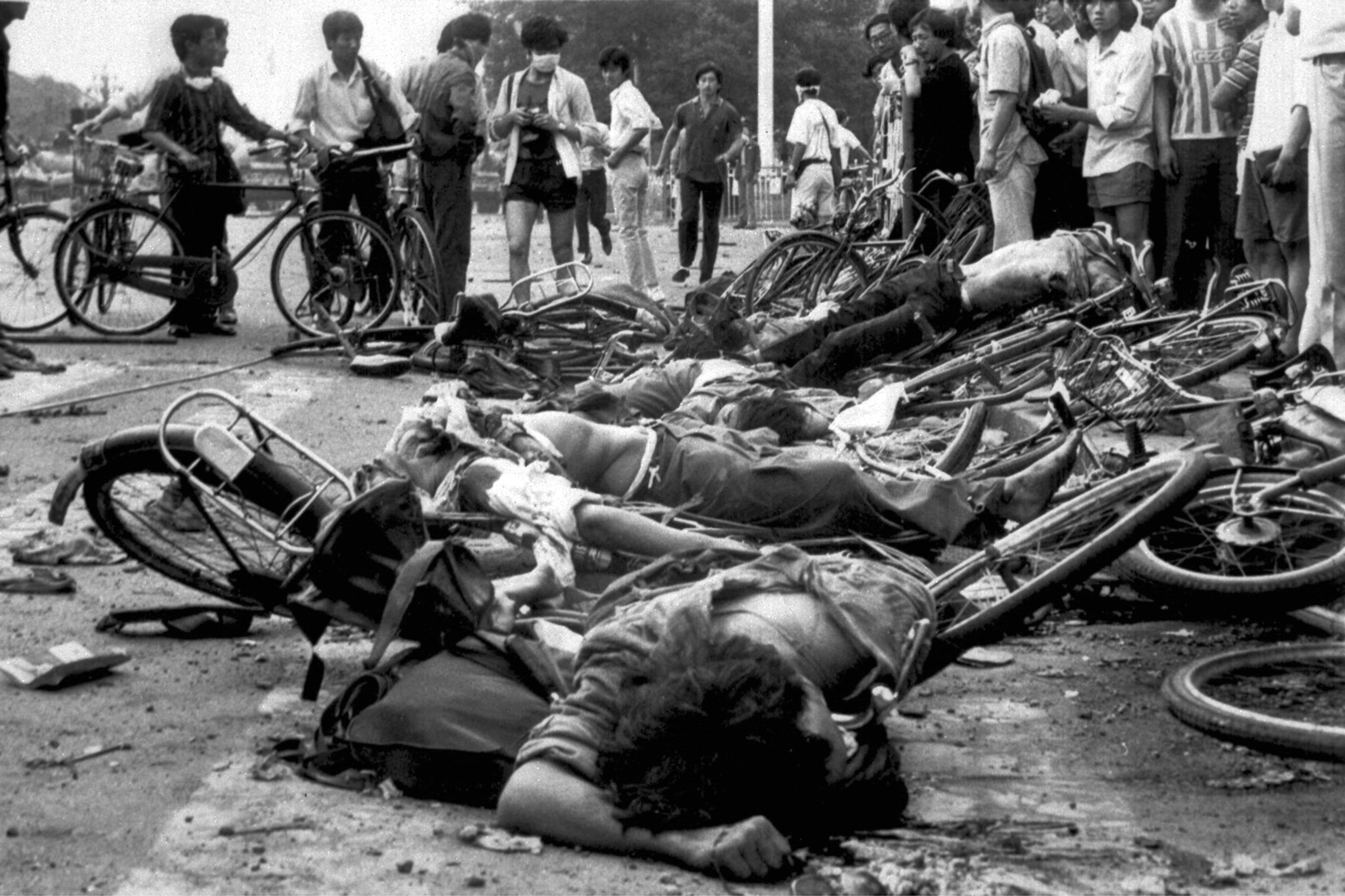
After Mao’s death in 1976, the new leadership encouraged the military plants to begin exploring civilian uses for their products and to engage in the broader liberalizing economy. The nimblest managers were free to exploit new markets for their goods. During the early 1980s, the PLA’s share of the national budget declined, spurring it to look to other sources for cash, especially hard currency. The higher organizational levels of the PLA created trading companies like China Xinxing, China Poly and China Songhai to take advantage of the opening of China’s economy to the international market.
They formed banks, holding companies and international trading companies like Everbright to market these goods worldwide. The PLA ran farms, factories, mines, hotels, brothels, paging and telephone companies and airlines, as well as major trading companies.
The number of military-run business exploded during the boom of the late 1980s. The “third line” factories opened branches in the coastal areas, earning increasingly high profits from the manufacture of civilian goods. Even the lowest levels of the PLA set up production units. In fact, the PLA had a largely captive audience of Chinese who had never really had the chance to acquire personal goods produced in China before. In addition to their international arms sales, their production of consumer goods for the domestic market soared.
The government first attempted to regulate the PLA’s business activities in 1989. It issued a series of decrees that included a prohibition on active military personnel holding positions at commercial enterprises. The reforms were intended to prevent lower-ranking officers from becoming involved in the daily functioning of the military companies.
In the wake of the rejection of the Party in 1989 these government strictures fell away. The government tried again the early 1990s, when the central leadership of the military took steps to coordinate the production of the vast number of military factories by tying the plants together under “group companies.” The groups, acting like conglomerates, were successful in centralizing management and production, running the trading companies and expanding the groups’ business operations. The PLA acted as a state within a state, with its power growing substantially along with the wave of Chinese economic expansion.
Many of these companies then listed themselves on capital markets in Hong Kong and elsewhere. These so-called red chips, companies listed on the Hong Kong Exchange, but which were in fact mainland Chinese firms, were the hottest stocks on the market. Hong Kong is the PLA’s favoured stock exchange because of its loose disclosure guidelines.
Foreign companies looking for a foothold in China like partnering with the PLA because of the stability it can offer to any long-term project. Companies with military partners get the added security of knowing that the top “management” of many of the PLA companies are from the ranks of the “princelings,” the children and relatives of senior Chinese Communist Party officials. These influential princelings assure that the business operations of the PLA will have the government connections that are so important in China’s corrupt system. In the case of China Poly, chair Wang Jun and president He Ping act as brokers between the government and the military. Wang Jun is the eldest son of the late Vice-President Wang Zhen. He Ping is the son-in-law of the late Deng Xiaoping. Wang Jun’s brother, Wang Bing, is the chair of the PLA Navy Helicopter Company. China Carrie’s president is Ye Xuanning, the second son of late PLA Marshal Ye Jianying. [x]
These military companies established joint ventures with many of the largest international firms; making full use of their intellectual property. This dominant role of the PLA corporations grew after Tiananmen Square as the Communist Party was in some disarray. By 1998 the Party tried to reassert itself in control. There was an effort by the Chinese Government to try and rein in some of these companies but to no avail. More than a year after the Chinese military was ordered to disband its octopus-like business empire (1999) and return to the barracks, its influence over the nation’s economy continued. During 1999, some PLA high-profile investments, such as Beijing’s five-star Palace Hotel, were handed over to central government shareholders with great public fanfare. At least 150 large, profitable enterprises were grabbed up by the central government. Most, however, stayed with the PLA.
By the mid-1990s, the so-called “PLA Inc.” included over twenty thousand companies in everything from agribusiness to electronics to tourism to arms exports. The 1989-1990 reforms had only a marginal effect. The Party had diminished control of these companies.
Enter Xi
With the rise to power of Xi Jinping in 2012 the party began to reassert control of the military and its companies. In addition to his role as Chairman of the Communist Party Xi Jinping took over the leadership of the Central Military Council (‘CMC’) the Party’s control organisation in charge of the military. He used his position to dramatically reduce the number of soldiers and he reorganised the military structures.
Most importantly, Xi embarked upon a strict anti-corruption campaign.
President Xi Jinping concentrated on the “rule of law” within China. An important part of the “rule of law “was the eradication or, at least suppression of corruption. Since the start of his anti-corruption drive in November 2012, more than forty high-level officials have been investigated and shamed. These officials include current and former municipal and provincial party secretaries and vice governors, senior government officials, and executives at state-owned enterprises.
This anti-corruption campaign was not embarked upon solely to punish Party and Army leaders who had stolen from the State. It was also a means of removing from the leadership of the Party many of Xi’s enemies; both on the Left (Bo Xilai and the “New Left” in China); and the Right Jiang Zeminists (Zuo Yongkang, Xu Caihou and Guo Boxiong). Xi and Wang Qishan, Politburo Standing Committee member and head of the powerful Central Commission for Discipline Inspection, made it clear that the ‘new’ PLA will not tolerate a senior military leadership that has its loyalties anywhere but the CMC. Many of the leaders of the PLA military corporations had to choose between the companies and their ranks in the Army. This effectively returned many of the companies to Communist Party discipline.
At the same time, after 2014 and the collapse of the real estate market, the large and mostly unregulated “Shadow Banks” in China were brought back under the control of the large state banks. By far the most important development was the gradual expansion of the State-Owned Enterprises (‘SOE’ yangqi) under State-Party control. There are about 120 large SOEs in China, managed by the State-owned Assets Supervision and Administration Commission (SASAC) as well as several large banks and insurance companies not supervised by the SASAC.
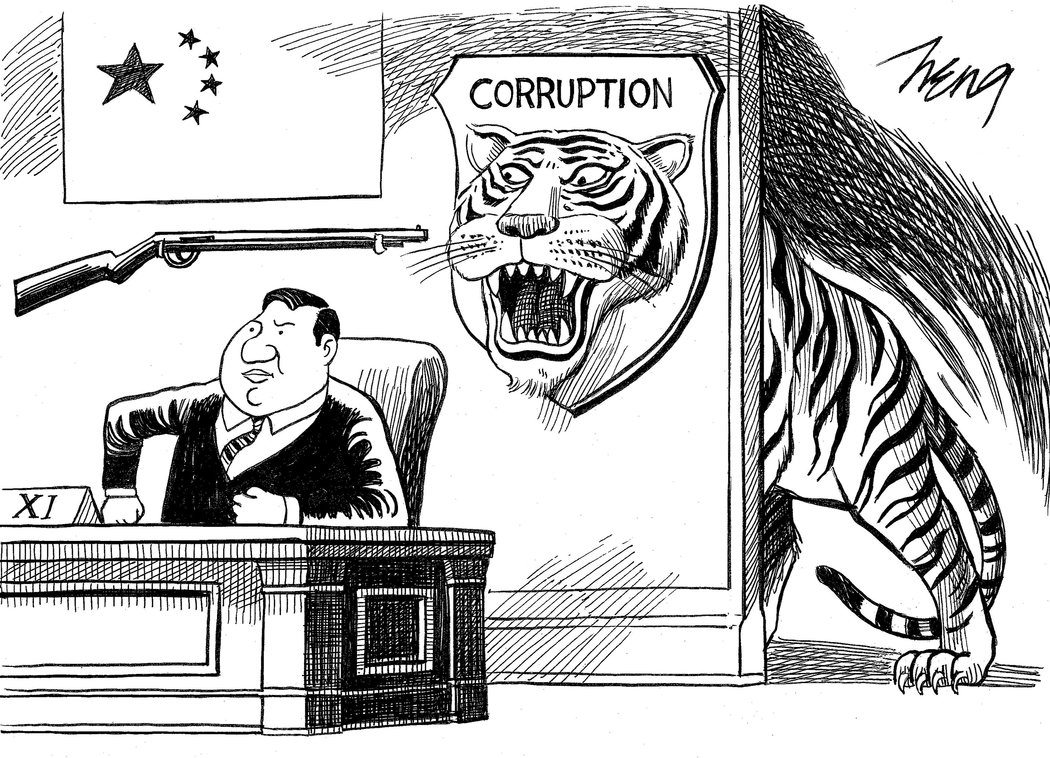
President Xi Jinping was seen as an unlikely leader of the Party or as a reformer of the economy at the time of his accession to power as he had no apparent political base supporting him. He was never viewed as part of either the conservative or reformist factions of the Party but wavered around a broadly centrist stance. Perhaps this is due to his background and his experience. Unlike his predecessors in the office Xi has had a prolonged military experience and is a “princeling” of the military establishment. After graduating from Tsinghua University in 1979, Xi’s father was able to get him a job as a secretary to the Central Military Committee, the nerve-centre of the Peoples’ Liberation Army (‘PLA’). His father was Xi Zhongxun, a former vice-premier and a crony of then defence minister General Geng Biao. Xi’s wife, Peng Liyuan, a popular singer with the PLA Song and Dance Troupe, has the rank of major-general.
Xi is known to be on good terms with the disproportionately large number of princelings who have since the early 2000s risen to the post of major-general or above. These “military princelings, who were recently made full generals with high military ranks included Political Commissar of the Academy of Military Sciences Liu Yuan, Political Commissar of the Second Artillery Corps, Zhang Haiyang, and the Vice-Chief of the General Staff Ma Xiaotian
Perhaps Xi’s greatest success has been the relentless purging of the PLA of corrupt leaders. Starting in 2012 Xi shook up the structure of the PLA and the CMC. He eventually netted two of the biggest fish in that pond. In January 2015, Xu Caihou, 71, a former vice-chairman of the Central Military Commission and a member of the powerful Politburo, confessed to taking “massive” bribes in exchange for assisting in promotions. He was found guilty and expelled from the party. In April 2016, China’s top general Guo Boxiong was arrested and expelled from the party for massive corruption (along with members of his family). The man who ran the world’s largest army was charged with accepting $12.3 million in bribes.
The result of this attack on corruption changed the balance between the military and the party leadership. The PLA was presented with the option of allowing many of the major military-industrial companies to morph into state-owned enterprises in return for a proper funding and reorganisation of China’s military. The PLA chose to return to its more military pursuits and leave much of the business to the State and Party leadership. In return, the PLA got new equipment, a reorganised structure and a more focussed program.
The withdrawal of the PLA from many of its business ventures and its reorganisation into a more solidly military configuration has increased its efficiency and made the military-Triad relationship much less important. However, the Triads have continued to prosper throughout China as they still retain a lot of the cash circulating through the economy.
While the CCP may use ‘reform’ and ‘anti-corruption’ to weed out its enemies in the political structure it still needs the Triads to help manage the commerce across the vast areas of China. Most importantly, the CCPF and the PLA have been using their symbiotic relationship with the Triads to engage in policies in which it cannot or will not be seen to be engaged.
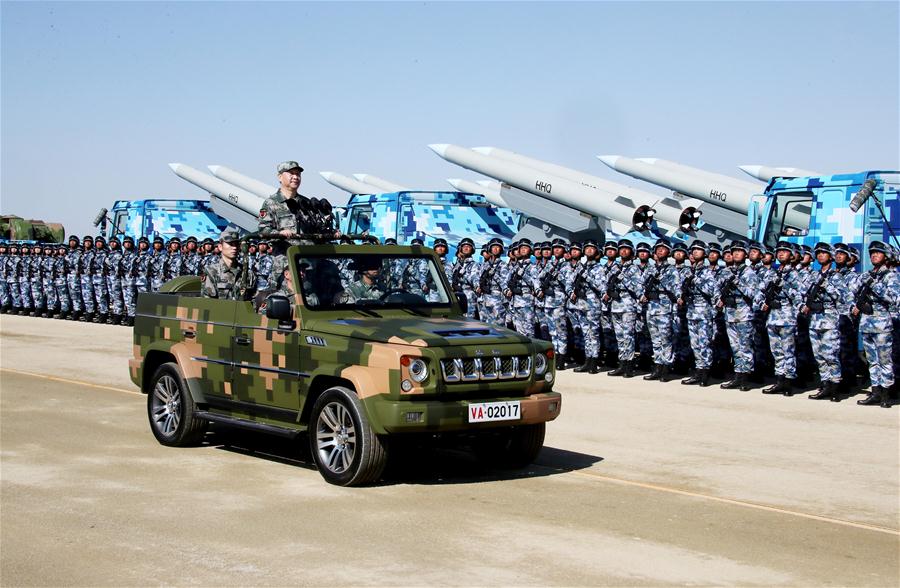
The Triads As Adjuncts to Chinese Foreign Policy Goals
There are three key areas in which the Triads act to promote the foreign policy of the Chinese state; the suppression of dissent and labour activism in Hong Kong and Macau; the preparations for the Chinese military takeover of the island of Taiwan; and the expansion of the new Belt and Road initiative of the Chinese state.
As the Chinese government cracks down on dissent in supressing the discontent of workers across China in strikes and demonstrations, the local administration frequently calls on the local Triads to suppress the dissent.
However, this took on a more important role in the use of the Triads in suppressing the dissent in Hong Kong’s Umbrella Revolution. From 26 September to 15 December 2014 the CCP in Beijing demanded that they pre-screen all candidates for the election of new leaders for Hong Kong. The students and other activists took to the streets and blocked traffic and commerce to protest the violation of the “separate system” agreed with the British when they vacated the colony. When London and Beijing signed their agreement returning Hong Kong to Chinese control on July 1, 1997, the fear was that the colony’s criminal syndicates would relocate to Europe or the United States. Instead, the syndicates moved into southern China.
On the sixth day of the democracy protests in Hong Kong, in both the Central District and Mong Kok on Kowloon, a new and violent force engaged in the clash between the authorities and the student demonstrators. Despite the peaceful nature of the protest, even when the police used tear gas against the students, there seemed to be reluctance on both sides to enter into pitched and violent battles. But, on the sixth day of the protests, a violent group of anti-Occupy protestors joined the conflict and engaged in trashing student tents and hurling obscenities and projectiles against the students.
On that Friday in Mong Kok they beat the students and destroyed their banners and posters and chanted “go home”. Water bottles and other missiles were thrown. Abandoned buses that had stood at the site since activists occupied it were boarded and driven off to loud cheers. For a long period, the police were unable, or unwilling, to separate the two sides. Female activists were sexually abused, and foreign journalists attacked.
This was the result of the CCP engaging the Triads in the suppression of dissent. In fact, the Big Circle Gang of ex Red Guards who had practice in breaking up crowds as well as the Sun Yee Ong were employed. Since 2014 the CCP and local CCP officials in Hong Kong have mobilised the Triads, especially the Big Circle Gang, in suppressing any dissent, labour, student or democrat.
The main current thrust of CCP and Triad co-operation is the determination by China that the island of Taiwan must be returned to the control of the Chinese state. There have been many abortive efforts by the PLA to prepare for an invasion of Taiwan, but they were never actually conducted. As part of the bargain made by Xi Jinping with the PLA was an agreement that the PLA would be allowed to ’liberate’ Taiwan.
One of the keys to preparing for the invasion of Taiwan has been the activation of the Triad organisations in Taiwan as an adjunct to CCP power. A primary vehicle for this move has been the China Unification Promotion Party (CUPP), a pro-mainland group created by Chang An-le, former head of one of the most powerful triads, the Bamboo Union. About 500 of his followers attempted to physically remove anti-Beijing protestors from the Taiwanese parliament in April 2014. The CUPP is known to regularly contribute manpower to violent protests organized by other groups. There is also evidence of growing collaboration and coordination between pro-Beijing triads in Hong Kong and the CUPP in Taiwan. [xi]
Tensions continue to grow between China and Taiwan. China is trying to limit Taiwan’s international space and undermine support for the island’s incumbent ruling party. The U.S. actively supports Taiwan, as part of its policy towards China. This year, one may expect an increase in Chinese pressure on Taiwan because of upcoming parliamentary and presidential elections scheduled for early 2020 on the island.
Snake Heads
The Chinese triads are one of the world’s largest organisations involved in international criminal activity. Their ‘snake heads’ smuggle men and women all over the world. They supply or carry much of the world’s trade in amphetamines, ephedrine, heroin, opium, mandrax and similar drugs. They have a large stake in the success of the new Chinese Belt and Road initiative which will engage international trade using Chinese transport facilities.
This engagement with Chinese vessels, trains, ports and handling facilities is breathing new life into Chinese organised crime and offers a bonanza in business to the Triads; especially with the support of the Chinese Government.
During the Cultural Revolution in China the theme song of the movement was “The East is Red”. The Cultural Revolution may have passed into history but, indeed, the East is still red. The Belt and Road initiative will spread the power and control of the CCP across the globe and, with it, the power of the Triads.
[Subscribe to our newsletter for free and be the first to get Lima Charlie World updates delivered right to your inbox.]
Dr. Gary K. Busch, for Lima Charlie News
[Edits by Anthony A. LoPresti] [Main image: adapted from a photo by Anton Kuster]
Dr. Busch has had a varied career-as an international trades unionist, an academic, a businessman and a political intelligence consultant. He was a professor and Head of Department at the University of Hawaii and has been a visiting professor at several universities. He was the head of research in international affairs for a major U.S. trade union and Assistant General Secretary of an international union federation. His articles have appeared in the Economist Intelligence Unit, Wall Street Journal, WPROST, Pravda and several other news journals. He is the editor and publisher of the web-based news journal of international relations www.ocnus.net.
Lima Charlie provides global news, featuring insight & analysis by military veterans and intelligence professionals Worldwide.
For up-to-date news, please follow us on twitter at @LimaCharlieNews
Sources
[i] Booth, Martin. The Triads: The Growing Threat from the Chinese Criminal Societies. Grafton, 1990
[ii] Brian G. Martin, The Shanghai Green Gang: Politics and Organized Crime, 1919-1937
[iii] Prof. Zha Daojiong, From Temples to Chinatowns: The evolution of Chinese Organized Crime,, Peking University, January 2015
[iv] ibid
[v] Basham, Richard. “The Roots of Asian Organized Crime.” IPA Review 48.4 (1996)
[vi] https://chinachannel.org/2018/10/02/triad-tested/
[vii] Wang, P.. “Vicious Circles: Gang Legacy of the Cultural Revolution. Jane’s Intelligence Review, 2011
[viii] https://theculturetrip.com/asia/china/articles/macaus-mafia-influence-of-triads-on-the-las-vegas-of-the-east/
[ix] Lam, Jeffie,. “‘Operation Yellowbird’: How Tiananmen activists fled to freedom through Hong Kong”. South China Morning Post, 26 May 2014
[x] David Welker, “The Chinee Military-Industrial Complex Goes Global”, Monopoly Makers, June 1997
[xi] J. Michael Cole, “Nice Democracy You’ve Got There. Be a Shame If Something Happened to It”., Foreign Policy, 18 June 2018
In case you missed it:

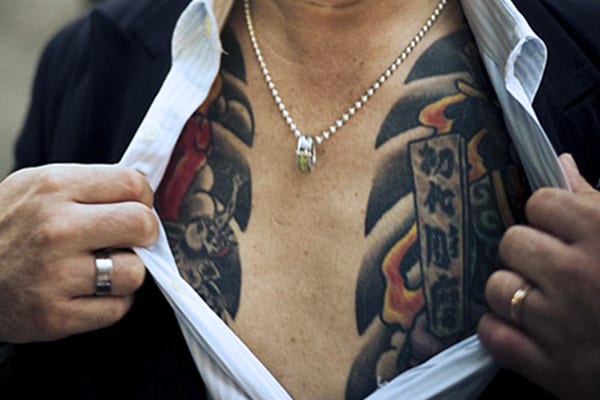
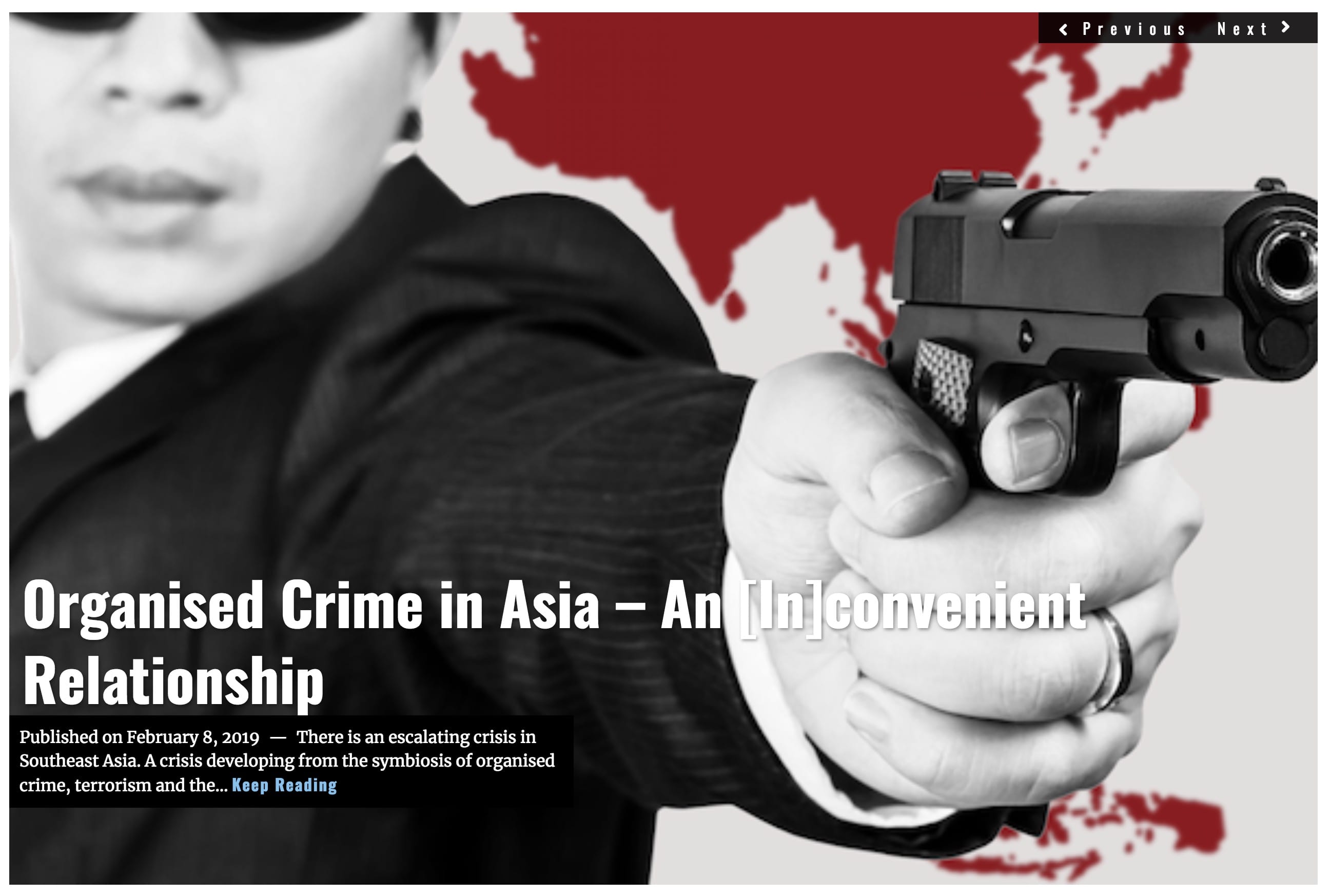
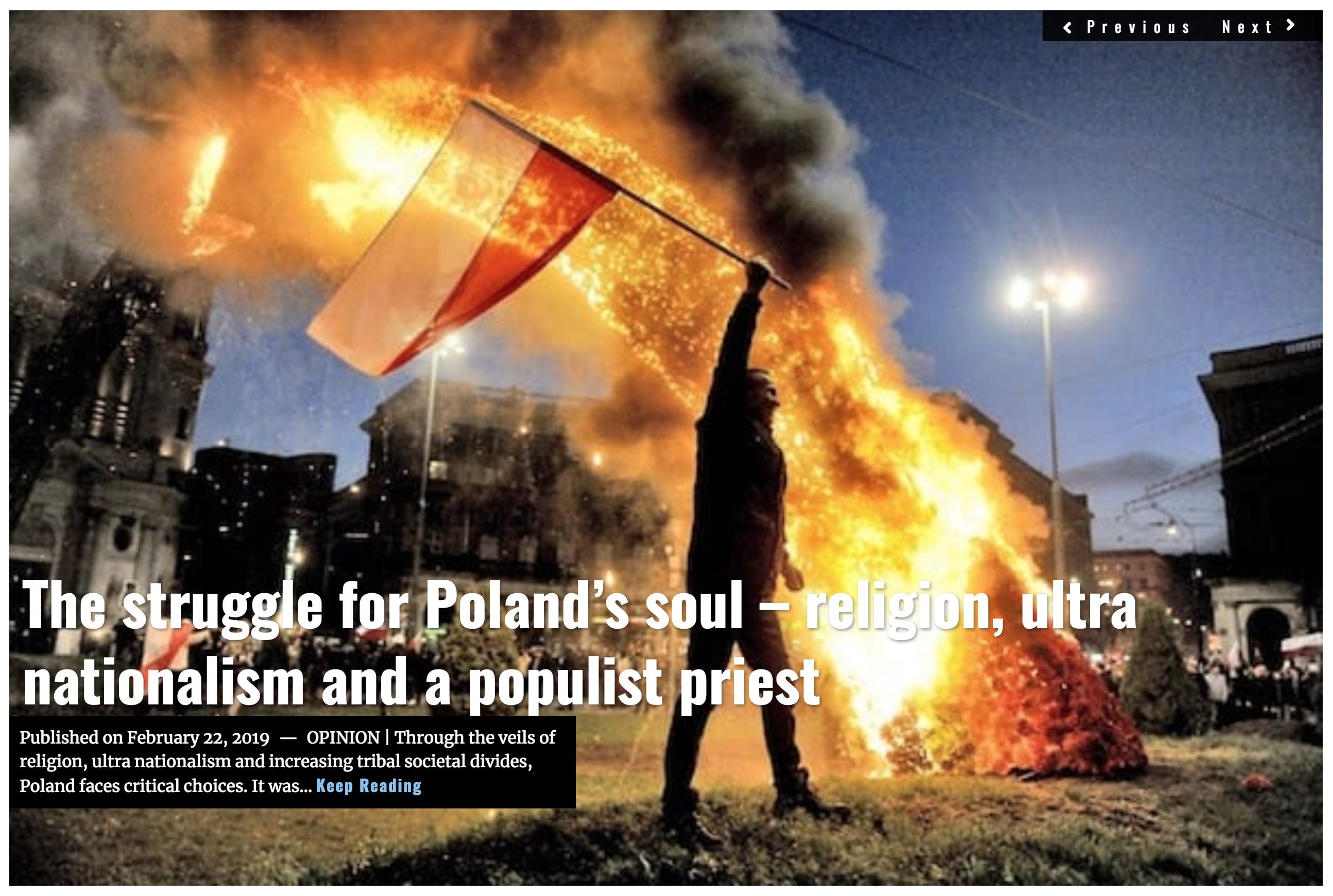
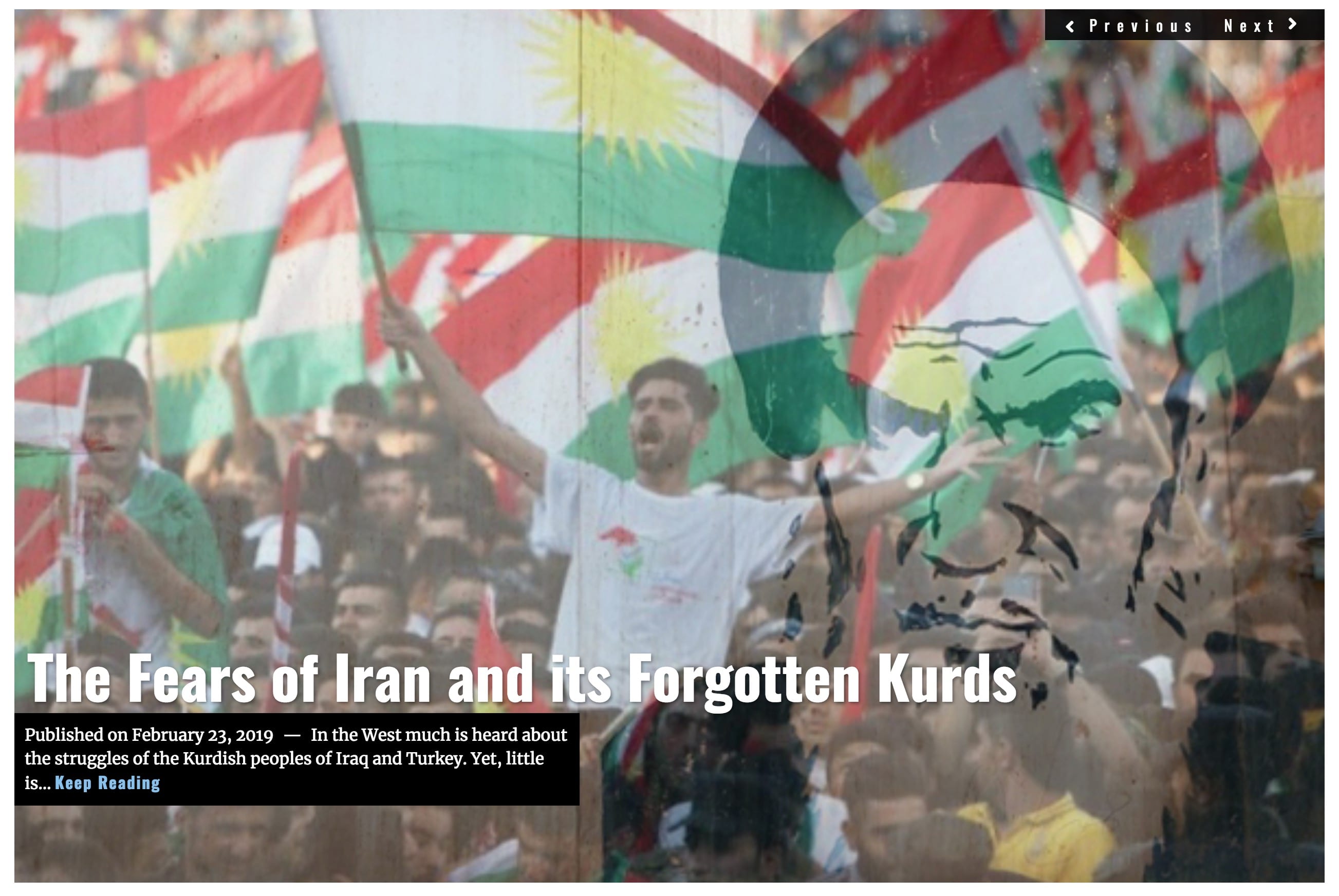

![Image World Press Freedom Day has us asking ‘What is the state of free press in democracies worldwide, and why has America’s free press ranking dropped?' [Lima Charlie News]](https://limacharlienews.com/wp-content/uploads/2019/05/World-Press-Freedom-Day-01-480x384.png)
![Image GailForce to Space Force: 'Make it so' - the Space Force debate continues [Lima Charlie News]](https://limacharlienews.com/wp-content/uploads/2019/05/Space-Force-01-480x384.png)


![Blossoming Russo-Turkish alliance leaves U.S., NATO behind [Lima Charlie News]](https://limacharlienews.com/wp-content/uploads/2019/07/Russia-Turkey-alliance-leaves-U.S.-NATO-behind-480x384.png)
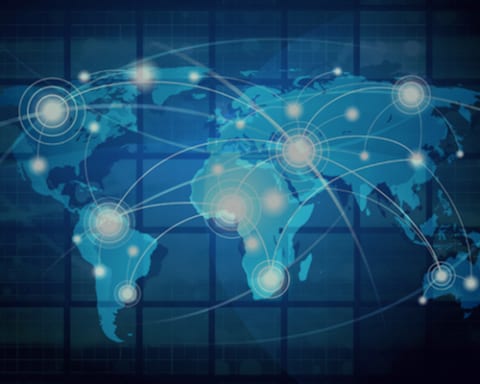
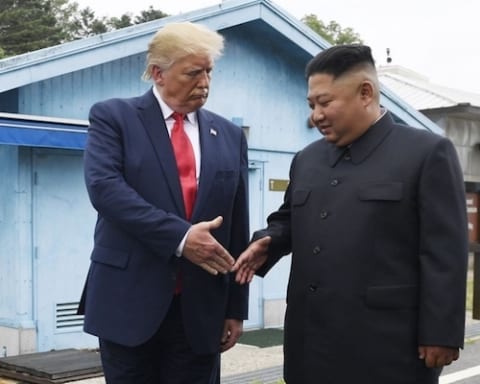
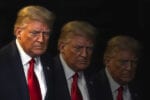
![Image World Press Freedom Day has us asking ‘What is the state of free press in democracies worldwide, and why has America’s free press ranking dropped?' [Lima Charlie News]](https://limacharlienews.com/wp-content/uploads/2019/05/World-Press-Freedom-Day-01-150x100.png)
Great article.
Thank you for every other informative web site.
Where else may I get that kind of info written in such
a perfect method? I have a mission that I’m just now operating on, and I’ve been on the glance out for such info.
My brother suggested I might like this web site.
He was entirely right. This post truly made my day.
You can not imagine just how much time I had spent for this info!
Thanks!
I just like the valuable information you provide for your articles.
I will bookmark your weblog and check again right here regularly.
I’m quite certain I will be informed a lot of new stuff right right here!
Good luck for the next!
You should take part in a contest for one of the best
blogs online. I will highly recommend this blog!
fantastic submit, very informative. I’m wondering why the opposite experts of this sector do
not understand this. You should continue your writing.
I’m confident, you’ve a great readers’ base already!
Only wanna input that you have a very nice internet site, I
the design and style it really stands out.
Awesome post.